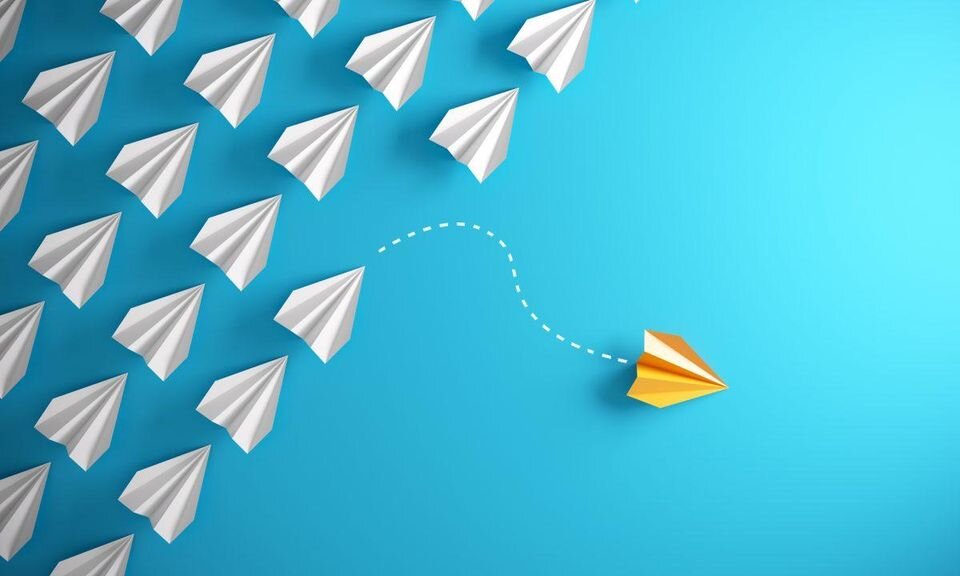Jan 29, 2021
Seven Things That Will Happen in Education as a Result of COVID-19
Back by popular demand, we are placing this article at the top of our blog thread. It was first published in April 2020 near the outset of the pandemic.
We often use the term “new normal” to describe what happens after a cultural inflection point. It is meant to describe what happens to daily life in our cultural context after a major crisis occurs. And, “daily life” often means the changes to our work routine, personal and family access to goods and services, and other major facets of our living.
What will be the impact of the COVID-19 pandemic on education? And, what will be the new normal that will emerge as a result? We have seven observations that will rapidly transform our industry.
Accelerated Change
Massive inflection points, such as the 911 terrorist attacks, 2008 global economic crisis, and current COVID-19 pandemic tend to accelerate existing changes already present in industries, rather than creating new change. For education, this means moving more rapidly and forcefully into online learning, competing globally for students and brand, and leveraging technology to collaborate and personalize learning. These are all trends that were in place in the education sector but moving at their own inertia. Now, they have heavy momentum as a result of a forced set of circumstances.
Ongoing Disruption
Disruption will be a constant in our new environment. We will become oddly accustomed to economic, environmental, and competitive disruptive forces that will continue to emerge. The schools and colleges that are confident, in leadership roles and have resources will respond by anticipating shifts and creating fluid solutions. Others will falter.
Fluidity in Strategy
Strategic planning will need to shift toward more stealth thinking and planning, placing fluidity at the core. Great schools and colleges will practice more fluid and real-time strategy and planning exercises and will respond with greater scalability in their business model. They will desire to ramp up or taper down resources according to their circumstances.
Ongoing Scenario Building
Great schools and colleges will become more accustomed to building scenarios, from enrollment to fundraising to investment planning. This will keep them in a more flexible rather than fixed mindset, understanding that it is our anticipation and response to circumstances that often determine our destiny.
Normalization of Change
In recent history, most North American schools and colleges have dealt with massive disruption every 8 to 10 years. This has included 911 terrorist attacks, Hurricane Katrina, global economic crisis in 2008, SARS, and now COVID-19. The education industry will start to expect disruption as normal, to be expected and anticipated, and less to be feared.
Contraction and Consolidation
There will be fewer private schools and colleges in the future, for sure. Before COVID-19, we have been predicting that there will be 20% fewer independent schools in 20 years. Adding the current crisis into the mix will merely accelerate that process over the course of the next few years, in which we will see many falter in the next year. We also expect public educational systems to be heavily distressed in service provision and funding mechanisms as they enter into this same new reality.
Diversified Ecosystems of Delivery
Finally, schools and colleges will be forced to do what they have only begun to consider in the past. They will begin to diversify their delivery platforms for learning, allowing hybrid approaches to teaching and learning. This might look like a mixed-model of delivery that includes three nodes or sessions of learning each day: 1) location-based school,, 2) experiential or real-world learning, and 3) online. Students might even rotate them through concurrent sessions or nodes, which could increase enrollment capacity and even…crazy idea here…bring cost down and make the school or college more accessible.
So, what does this mean? For starters, the early bird gets the worm. Those that anticipate, strategize, and plan for these changes will have the best opportunity for long-term impact and sustainability. It also means that, while things will change immensely, it is not all new change. Most of these things were already in motion before the crisis.
A good friend and colleague of mine, writer Bob Gray, reminded me of an important Bob Dylan lyric from the song “Mississippi”. I think it sums up where we are going.
You can always come back, but you can’t come back all the way.

